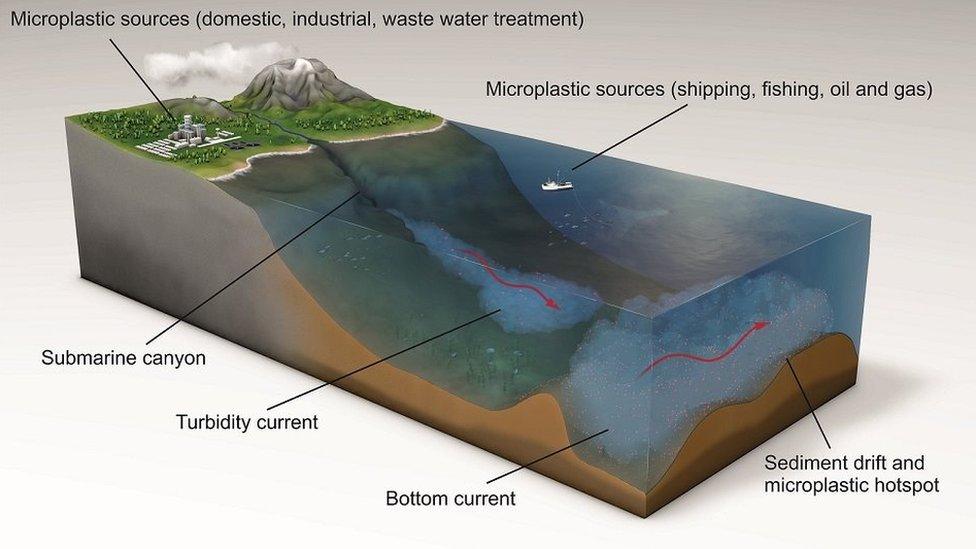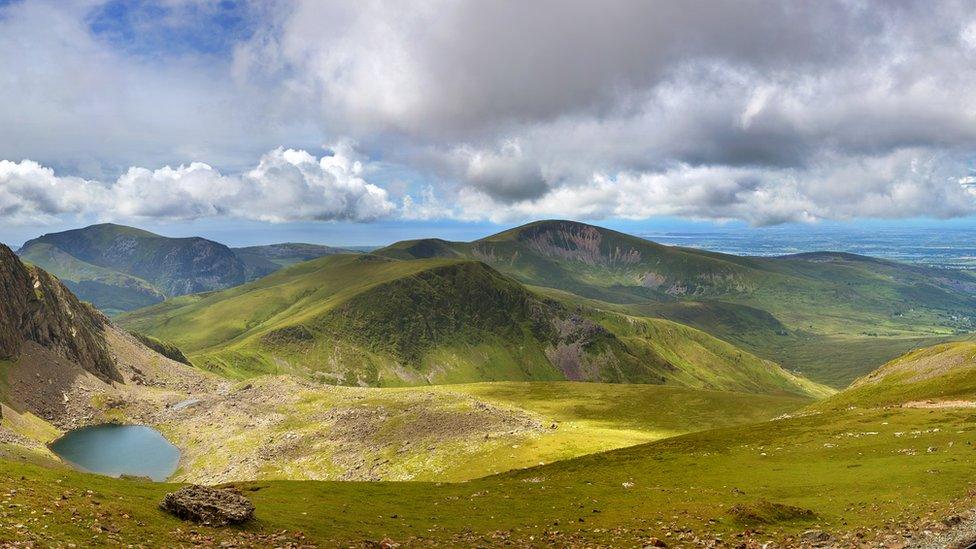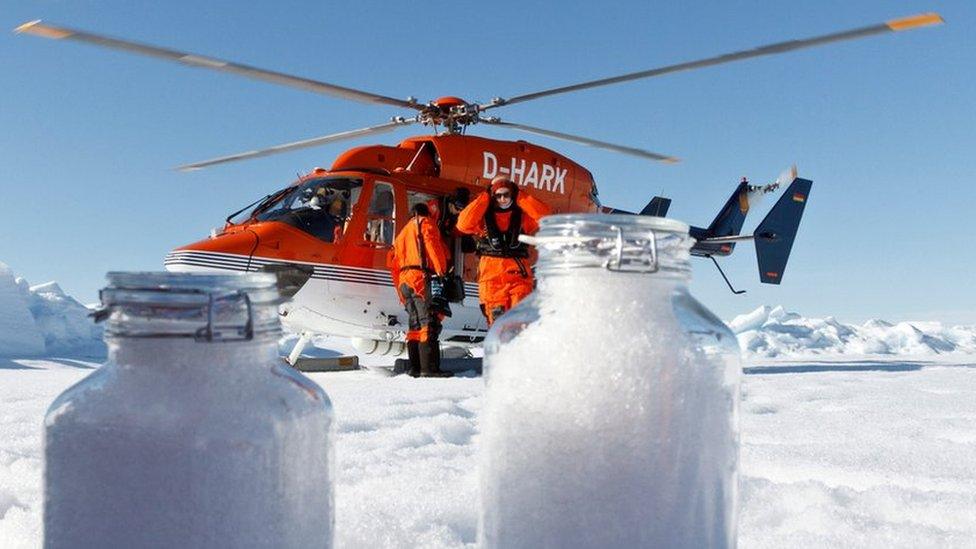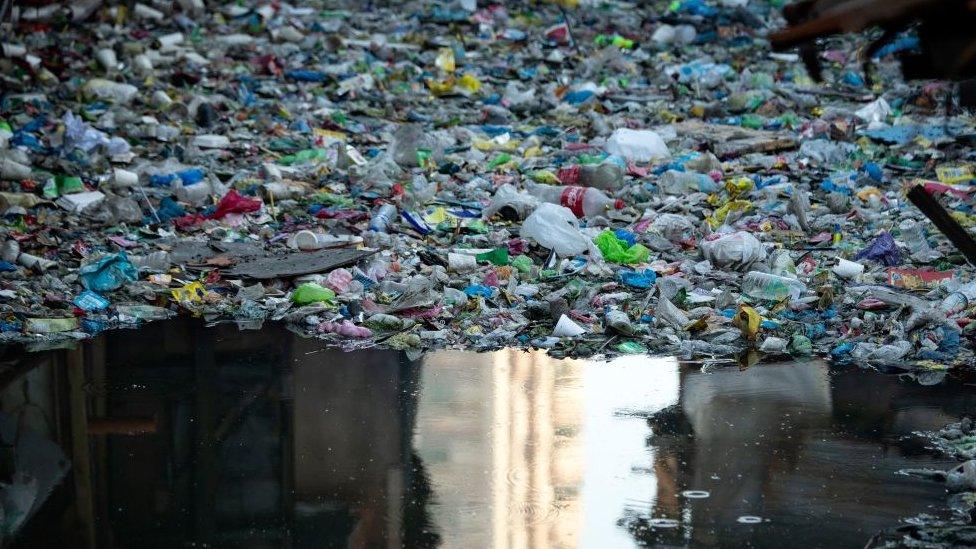Microplastics: Billions of tiny pieces of plastic are covering the seabed
- Published
- comments

Billions of tiny bits of plastic are sinking to the bottom of the ocean and covering the world's seabeds.
Researchers found up to 1.9 million pieces of microplastic in an area covering just one square metre of seabed in the Tyrrhenian Sea.
That is the highest level of microplastics ever discovered.
Scientists have previously been unable to figure out where 99% of the 10 million tonnes of plastic waste that enters the world's oceans gets there.
But a new study reveals that microplastics are being transported and dumped on the ocean floor by deep sea currents.
The water in the oceans is constantly moving in patterns called currents. Some currents flow quickly, while some move very slowly.
As the currents flow around the planet they move cold and warm water from one place to another, changing climate and temperatures all over the world.
The ocean currents also help move anything that floats in them. This can be sea creatures or ships, but unfortunately can also be rubbish.

This illustration shows how microplastics are transferred to the seafloor and then transported by currents and dumped in sediment drifts.
The research - published in the journal Science - found that sea currents gather up all the microplastics together into huge deposits on the sea floor called "microplastic hotspots".
Most of the microplastics discovered on the sea floor originally come from our clothing, which can be made using man-made materials such as polyester.
Thousands of plastic particles break off these clothes in the washing machine, but aren't caught by standard filters. This rubbish then pollutes the oceans and can be harmful to sea creatures, and can even kill them.
Dr Mike Clare, of the National Oceanography Centre, said the results from the study showed the need for governments to "limit the future flow of plastics into natural environments and minimise impacts on ocean ecosystems."
- Published2 March 2020

- Published18 August 2019

- Published16 April 2019

